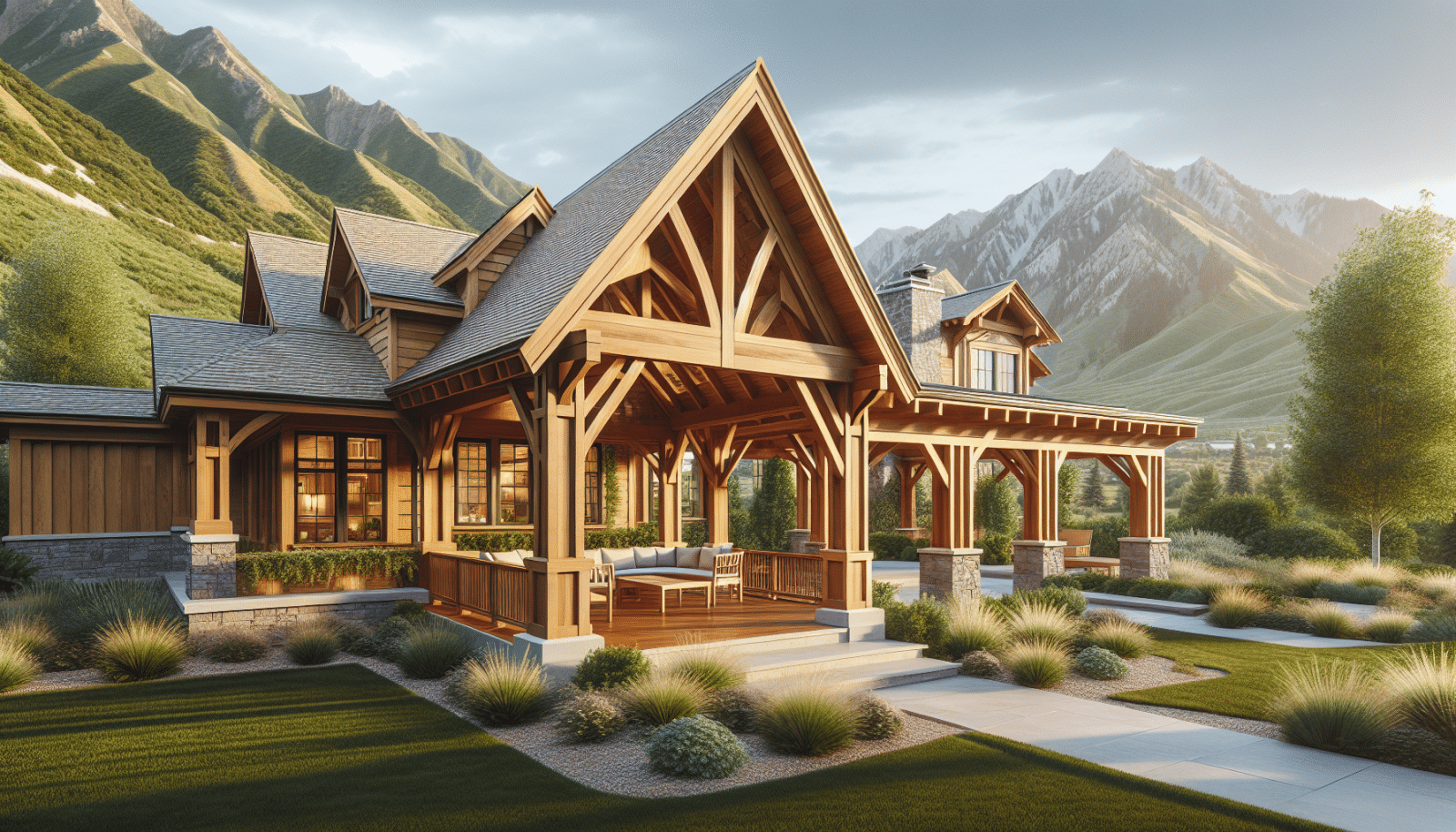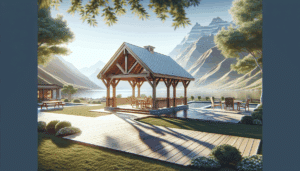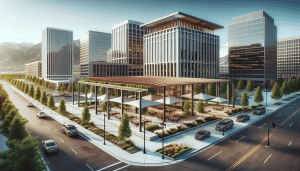Transform your backyard into a captivating retreat with our Timber Pavilion Design and Build Guide. At Utah Pergola Company, we understand the challenges homeowners face in creating outdoor spaces that are both functional and beautiful. This comprehensive guide is designed to make the process seamless and enjoyable for residents across our service areas. So, if you’re ready to elevate your backyard, let’s dive into the enchanting world of timber Pavilions.
Contents
Understanding Timber Pavilions
Timber pavilions are more than just structures; they serve as the centerpiece of your outdoor area, offering both style and utility. Typically crafted from high-quality Wood, they provide shade and shelter from the elements, allowing you to bask in nature’s beauty comfortably. With a variety of designs and Materials available, you can create a pavilion that complements your home’s aesthetics.
Planning is key when considering a timber pavilion, as it involves choosing the right materials and design to fit your space and lifestyle. A well-designed pavilion not only enhances the appearance of your yard but also increases your property’s value. Consequently, understanding the basics is crucial before embarking on your pavilion project.
Design Ideas for Your Pavilion
Designing a timber pavilion is an exciting opportunity to express your creativity and align with your personal style. One popular trend includes open-air structures with decorative beams, offering a blend of light and shade. Additionally, incorporating curtains or retractable screens can provide extra privacy and weather protection.
Consider your pavilion’s purpose when designing it. Are you planning a space for family gatherings or a quiet retreat to relax? Defining its function will guide your design choices, ensuring the pavilion meets your needs and enhances enjoyment of your outdoor space.
Choosing the Right Timber
Selecting the appropriate timber for your pavilion is vital for durability and aesthetic appeal. Common options include Cedar, Redwood, and pressure-treated wood, each offering unique characteristics. Cedar, for example, is naturally resistant to decay and insect damage, making it a popular choice for outdoor structures.
Redwood, renowned for its beauty, is ideal for those seeking a premium look. Alternatively, pressure-treated wood provides an economical and durable option, often used for budget-friendly constructions. Understanding the differences in wood types will aid you in choosing the perfect material for your pavilion project.
Determining the Placement
The location of your timber pavilion plays a significant role in its effectiveness and enjoyment. Choose a location that maximizes visibility and accessibility to the rest of your backyard. It should ideally be positioned to take advantage of natural shade or windbreaks, enhancing comfort throughout the seasons.
Consider proximity to your main living areas, like the kitchen or dining room, allowing for easier entertaining and meal transport. Likewise, ensure the pavilion is located where it can serve as a year-round gathering point, complete with lighting and seating for all your social events.
Necessary Permits and Regulations
Before you begin construction, it’s essential to research and obtain the necessary permits and adhere to local building regulations. This process can vary depending on your area’s codes and the size of your pavilion. Seek guidance from local authorities or consult with professionals to avoid any legal complications down the line.
Beyond permits, consider any homeowner association guidelines or restrictions. Ensure your pavilion design is compliant to maintain good relations with neighbors and retain property value. Skipping these steps could result in costly revisions and delays, so it’s wise to do your due diligence early on.
Foundation and Flooring Options
Creating a sturdy foundation is crucial for the longevity and functionality of your timber pavilion. Options for flooring include concrete slabs, wooden Decks, or even grass for a more natural look. Concrete offers durability and is excellent for high-traffic areas, whereas a wooden deck provides a warm, inviting feel.
Grass, while cost-effective, may require ongoing maintenance to remain appealing. Whichever flooring you choose, ensure it meets both practical needs and aesthetic desires, laying the groundwork for a pavilion everyone will love.
Roof Styles and Materials
The roof of your pavilion not only affects its look but also how it performs under harsh weather conditions. Popular roofing styles include gable, hip, and flat roofs, each providing its distinct charm and functionality. Gable roofs are classic, offering excellent drainage and a spacious feel below.
Material choices like shingles, metal, or even fabric can alter your pavilion’s functionality and style. Selecting materials that complement your home and withstand local weather patterns is crucial for a successful build. An informed decision will result in a roof that is both durable and beautiful, without compromising quality.
Incorporating Additional Features
Enhancing your pavilion with additional features can greatly increase its enjoyment and usability. Consider adding lighting options such as string lights or chandeliers, which create ambiance and extend usability into the evening hours.
For those who love to entertain, outdoor kitchens or built-in seating arrangements can transform the pavilion into the ultimate hosting area. Fire pits or outdoor fireplaces are excellent for elevating coziness and warmth, making your pavilion a favorite gathering spot regardless of the season.
Maintenance Tips for Longevity
Regular maintenance ensures your timber pavilion stands the test of time, retaining its structural integrity and beauty. Here are some important maintenance tasks to consider:
- Cleaning: Regular cleaning removes dirt and debris that could lead to mold and decay. Use a gentle cleanser suitable for wood and avoid high-pressure washing, which can damage the surface.
- Sealing: Apply a quality wood sealant every few years to protect against moisture and UV damage. This step is crucial for timber longevity and maintaining that just-installed look.
- Inspecting: Conduct routine inspections for signs of damage or wear, such as cracks, splits, or loose fittings. Address these issues promptly to prevent further deterioration.
- Repairing: Minor repairs, like replacing warped boards or tightening bolts, can greatly extend the life of your pavilion. Neglecting small issues may lead to larger, more costly repairs in the future.
- Staining: Consider staining the wood every few years to refresh its appearance and enhance its natural beauty. A good stain also adds an additional layer of protection against the elements.
Conclusion
Building a timber pavilion is a rewarding project that enhances the beauty and functionality of your outdoor living space. Our guide provides the essential knowledge needed to embark on this exciting journey with confidence. To get started on your dream pavilion, Contact Us by phone # 801-784-6082 or Request a Free Quote.




